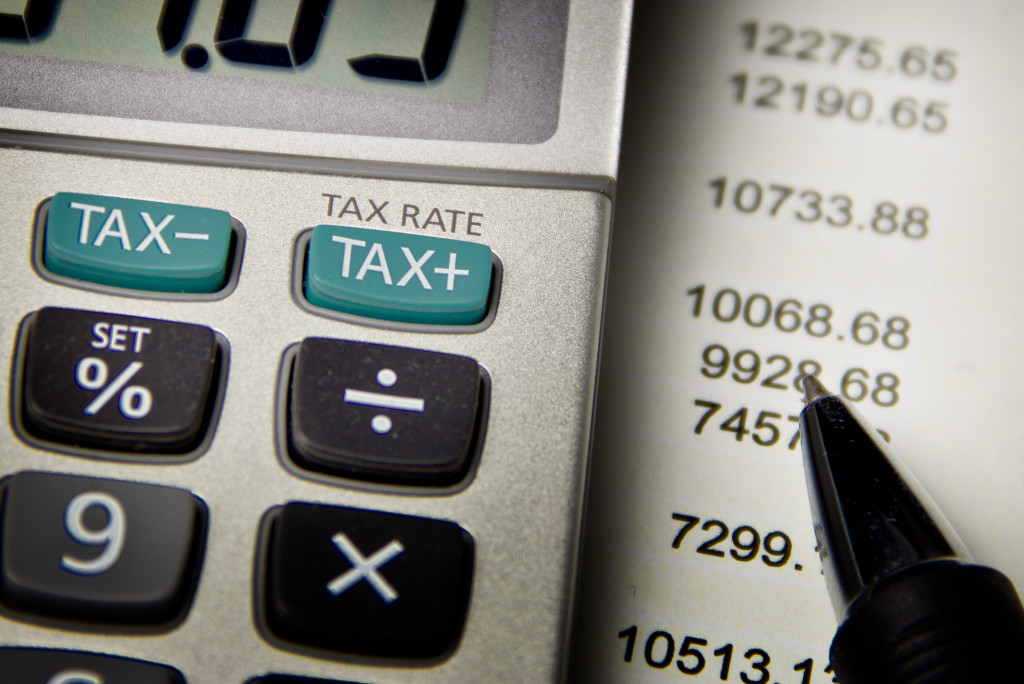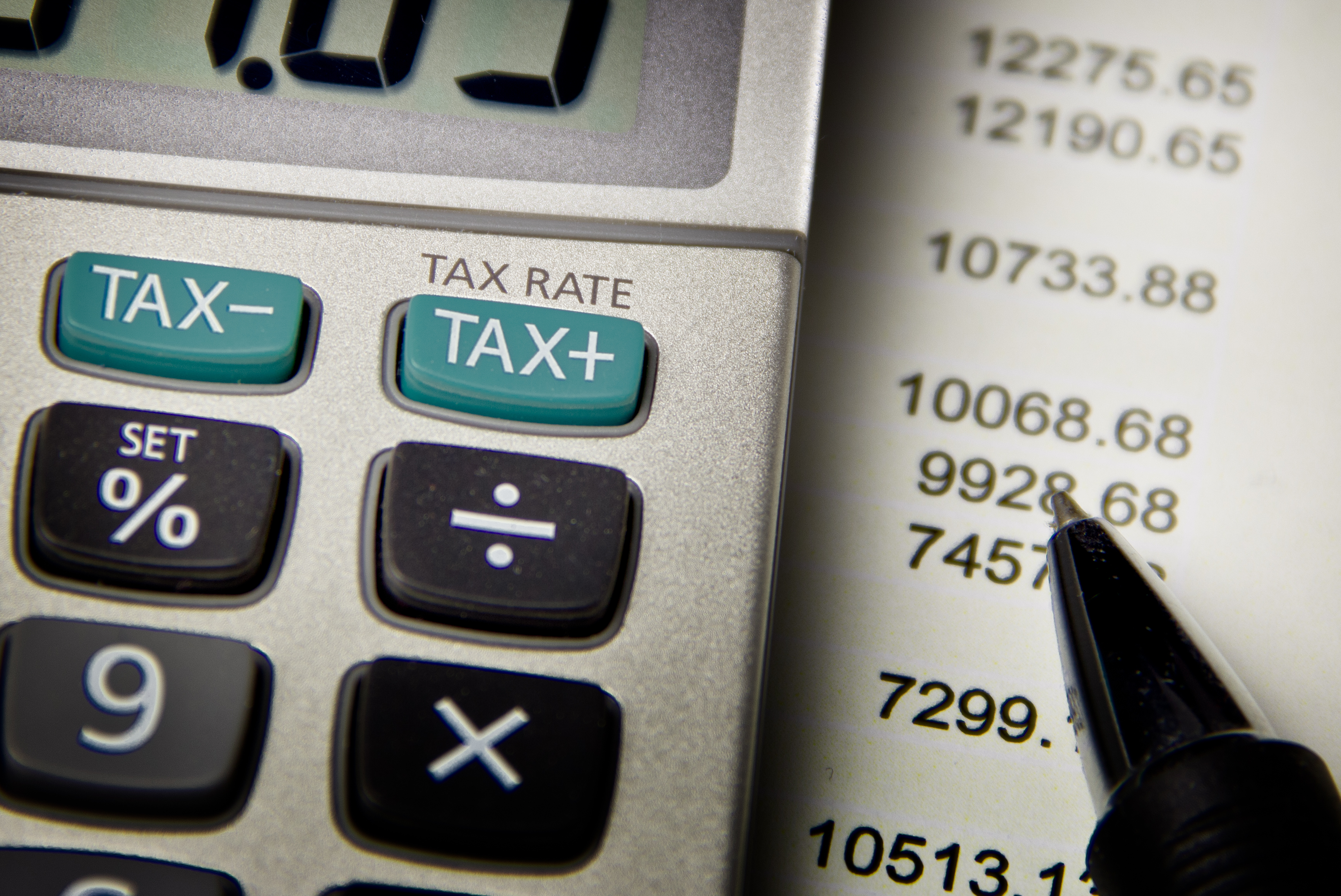
This article is written by Sammanika Rawat, a student of 3rd Year, WB-NUJS, Kolkata
“Only two things in life we cannot escape: Death and Tax”
The Principle of Natural Justice provides that a person must be made aware of his faults so that he can defend the charges leveled against him. In India, the payment of tax is compulsory albeit with certain exceptions and not voluntary. On default of payment and for recovery of tax, a written notice is show-caused by the tax authorities to the defaulter. Issuance of such a show cause notice is a statutory requirement comes under the adjudication procedure as per the statute whereby the tax payer is being asked to respond within a time limit, as to why he should not be penalized? This pre-emptive stage empowers both the parties to avoid litigations. The penal provisions[1] are not attracted if the adequate payment is made either before the show cause is sent, or immediately after the show cause notice within the fixed time limit.
There is no fixed format for show cause notice as per the law. However, a standard show cause notice must consist of all the relevant information from the beginning of the investigation/audit till the conclusion of the same. It shall consist of the background of audit/investigation, action carried out by the department, the course of action taken in furtherance of the investigation, summary of the investigation as well as the omission on part of tax payer as per the statute. A show cause notice must always be delivered to the noticee only and within the time limits as per the statute.eg. Under Section 73 (1) of the Finance Act 1994, Central Excise Officer may serve the show cause notice within one year from the relevant date. Section 73 of the act not only mentions about tax not levied/paid or short levied/paid, but also mentions ‘erroneously refunded tax’ i.e. the amount which may later be recovered when an error is found after refund has been made.
Ignorance of the minute details, non-cooperation with the authorities, delayed replies and mis-interpretation of law are some of the common mistakes which are committed while handling a show cause notice. In order to avoid the same and to dissolve the matter before it reaches the tribunal, the noticee must take certain precautions. These include:
- Non-receipt of a show cause notice is considered as a service i.e. if the notice is already served, avoidance in receipt shall still be treated as notice being served. Hence the noticee must not avoid such a notice.
- Show cause notice must be issued by competent authority and must bear the signature of the authority.
- Notice must have been issued within the normal period and not the larger period. The burden of proof lies on the tax authorities to prove why the particular case should be covered under the larger period and not the normal period.
- He must not only thoroughly read the show cause notice in its entirety but also read all the documents annexed with the same.
- He must have the copies of the documents mentioned in the notice.
- He must give a detailed response rebutting the cause of action and all the charges therein with the help of documentary evidence.
- He must ensure that the notice is not time barred.
- If the notice is not served to the noticee, the plea of service to person chargeable with notice can be taken in the response. Also, while acknowledging the notice himself, he must put the date of receipt which may/may not vary from the date of notice.
- Noticee must take into account of the seized documents which are not relied upon in the show cause notice and request for the same in his response; these might be favorable to him.
- The defense of Central Value Added Tax (CENVAT)[2] may be taken to avoid double taxation.
- Noticee has the right to ask for cross examination of the witness as well as to bring/present experts if the issue is fact based.
- Circular resolution (not contrary to the law), jurisdiction, limitation period, point of law can be used to challenge the validity of the notice. If a case does not fall within the jurisdiction, the show cause notice becomes null and void.
- However, the issue relating to facts can only be challenged in the tribunal and not at the higher appellate courts.
- Arithmetic errors in calculating the quantum of refund can be challenged. The quantum must be within the limits of the adjudicating authority.
- Noticee must focus on the charging paragraph of the notice. This paragraph mentions about the limits of the notice.
- Some of the notices may be set aside if they use ‘definitive terms’ which may indicate that the department has already reached the conclusions. This may be against the audi-alteram-partem
- If there are two interpretations available to a statutory provision, then as per the rules of interpretation, the one favorable to the taxpayer shall be accepted.
- Orders which are issued against the notice are appealable. However, the stay applications cannot be filed anymore.
The reply must be written in strong persuasive language. These are some of the general measures which must be taken into account by the noticee which drafting response to the show cause notice. However, it is highly recommended to take legal advice before submitting the response.
[1] As per Rule 73 of Part V of the Second Schedule of the Income Tax Act,
“No order for the arrest and detention in civil prison of a defaulter shall be made unless the Tax Recovery Officer has issued and served a notice upon the defaulter calling upon him to appear before him on the date specified in the notice and to show cause why he should not be committed to the civil prison, and unless the Tax Recovery Officer, for reasons recorded in writing, is satisfied—
(a) …
(b) that the defaulter has, or has had since [the drawing up of the certificate by the Tax Recovery Officer], the means to pay the arrears or some substantial part thereof and refuses or neglects or has refused or neglected to pay the same.”
[2]CENVAT credit scheme helps in avoiding double taxation by allowing a tax payer to claim the tax earlier paid (be it service tax, excise duty or custom duty) and set-off against any further liability on manufacture of goods or rendering of services. Also, CENVAT credit on Service tax and Excise are commutable i.e. the credit of either one may be used to set off the payables of the other.
 Serato DJ Crack 2025Serato DJ PRO Crack
Serato DJ Crack 2025Serato DJ PRO Crack









 Allow notifications
Allow notifications



